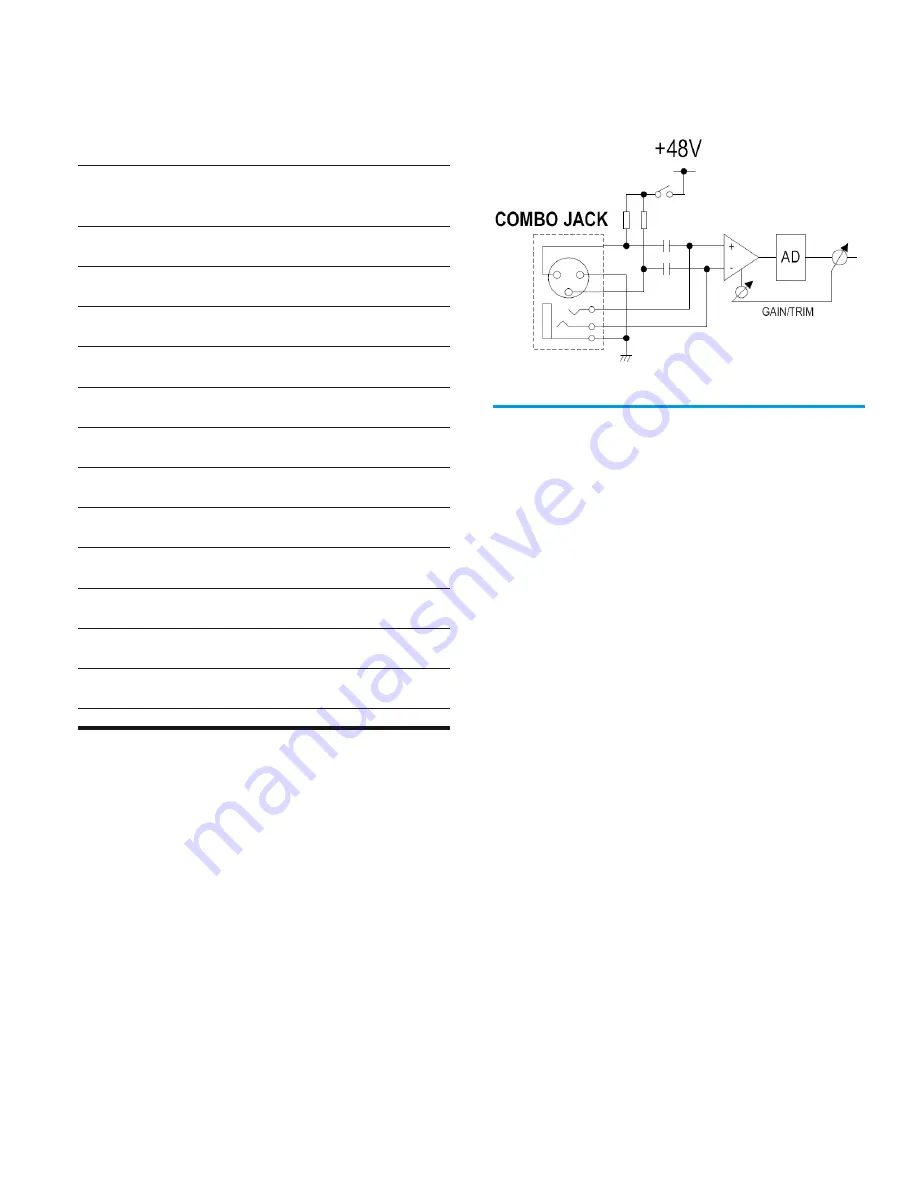
PRODUCTION PARTNER
09/2015
|
5
allows the use of redundant primary and secondary lines for
each device. Should you use more than 2 devices every star
needs at least one external switch. All this can be configured
simply and cost-effectively by using Standard-Ethernet-GBit
switches and Cat.5 respectively Cat.6 cables.
It is really easy to configure a Dante network using Dante
“Controller Software”. All available devices in the network with
their in- and outputs appear in a matrix and can then be routed.
So, three essential requirements have been met: Firstly, the
audio network can be set up easily and cost-effectively, utiliz-
ing sound and reliable standard network components. Sec-
ondly, redundancy – if required – can be achieved using the
dual star topology and, thirdly, its configuration will be fast and
flexible due to the use of the Dante Controller software. So,
even users who aren’t that familiar with networks or even
rookies: fear not!
Measured Values
How successful the transition from the analog audio reality to
the digital level will be, is determined by the capabilities of the
A/D converters and those of the upstream preamps. In a digital
mixing desk a preamp is of the same importance as in analog
ones, as its task is to get everything, from weak microphone
signals to high line levels deriving from keyboards or DI boxes
to the same overall level. The preamps in TF consoles offer a
very wide gain range from –6 dB to +66 dB. Zero dB then
stands for the maximum volume of an analog signal with a
+26 dBu level. As the preamp is fully remote and recall capable
you can’t adjust it using a customary potentiometer.
The preamps feature a passive pad and two relay operated
amp circuits, arrayed consecutively. The difference between
these stages is in each case 24 dB. Switching from +17 to
+18 dB gain and from +41 to +42 dB gain is indicated by an au-
dible soft click. Further gain values from 0 to +18 dB can be
adjusted by making use of a DCA (Digital Controlled Amplifier).
Additional fine-tuning (adjustment in 1 dB intervals) will take
Head amp
with combined gain setting for analog and digital. The
analog adjustment happens in 6 dB intervals, the digital part offers
1 dB steps (figure 4)
Sens. 0 dBfs Noise
dBu
corresp.
(lin.) (A)
dBu
dBfs
dBfs
–6
+32
–85
–110
+2
+24
–83
–108
+10
+16
–80
–105
+17
+9
–77
–102
+18
+8
–85
–110
+26
0
–83
–108
+34
–8
–80
–105
+41
–15
–77
–102
+42
–16
–83
–108
+50
–24
–76
–101
+58
–32
–69
–94
+66
–40
–61
–86
Noise
at the output depending on gain. All measurements with
200 ohm load.
EIN = –126 dBu (lin.) –128 dBu (A) @ max.Gain.












